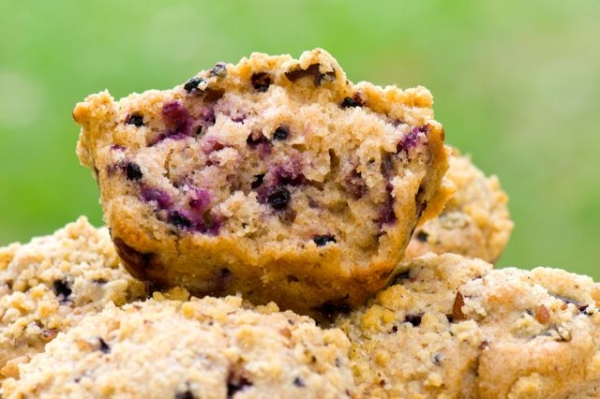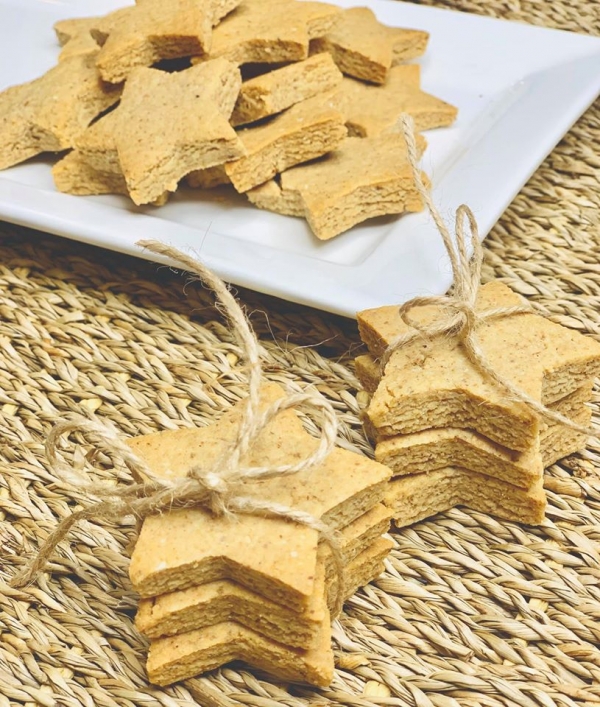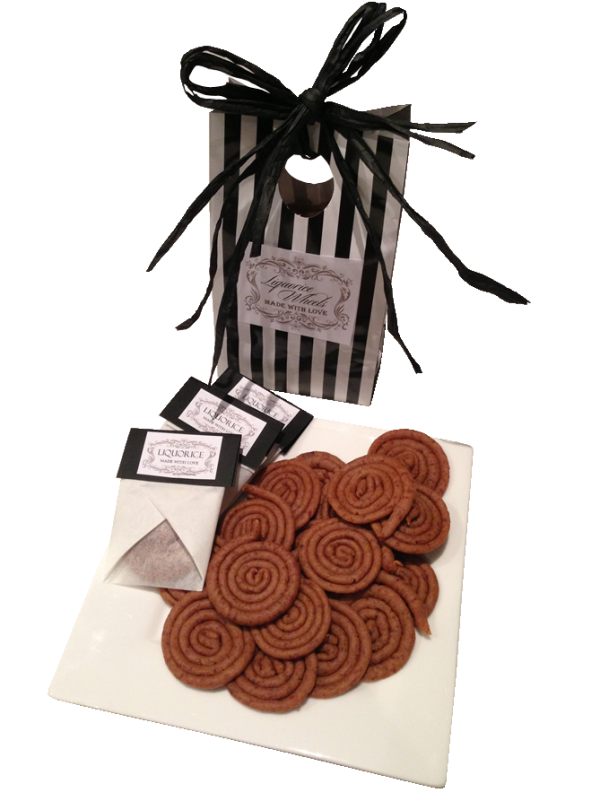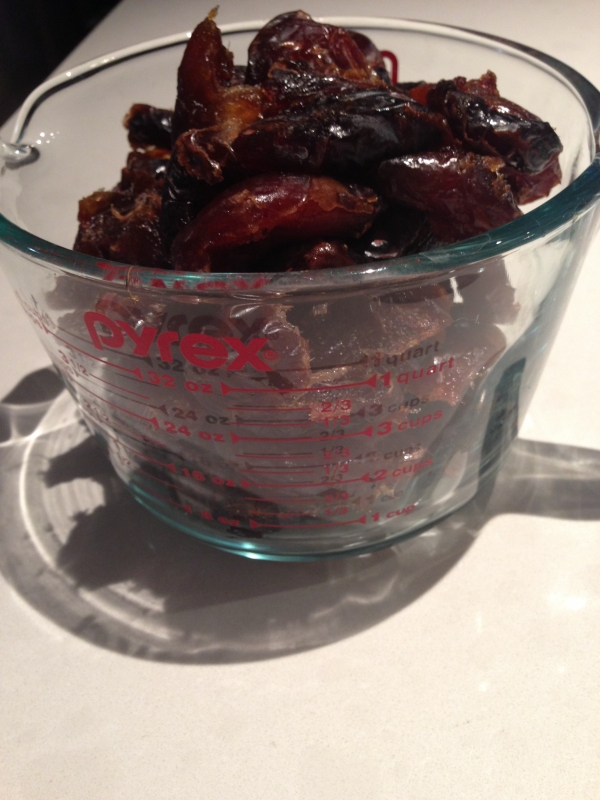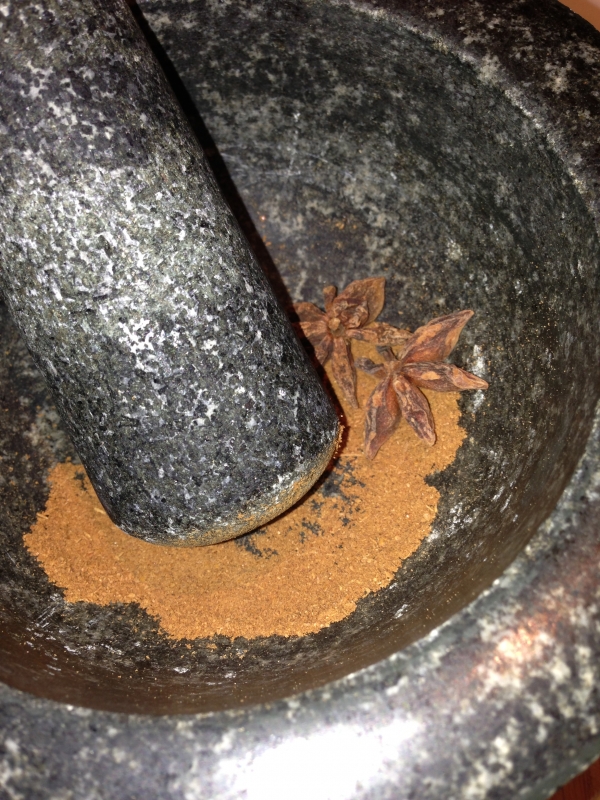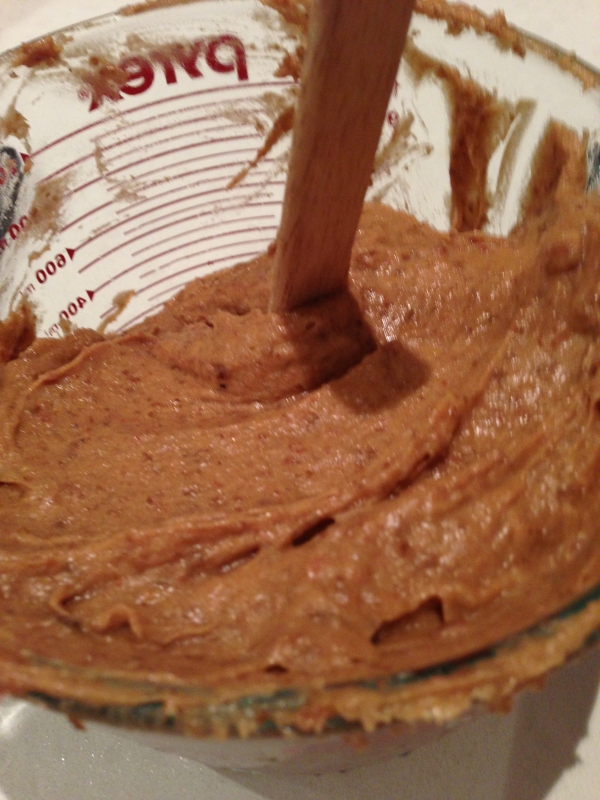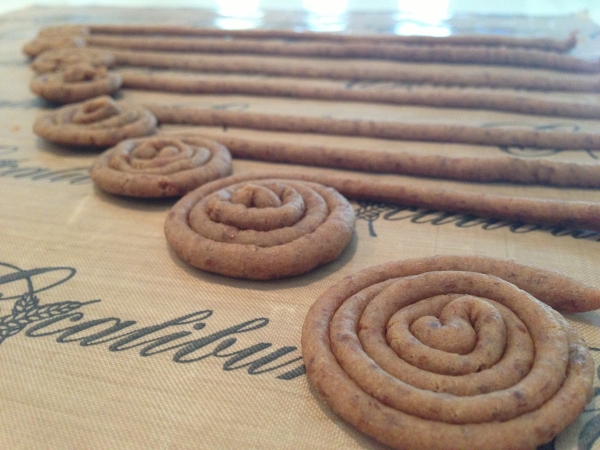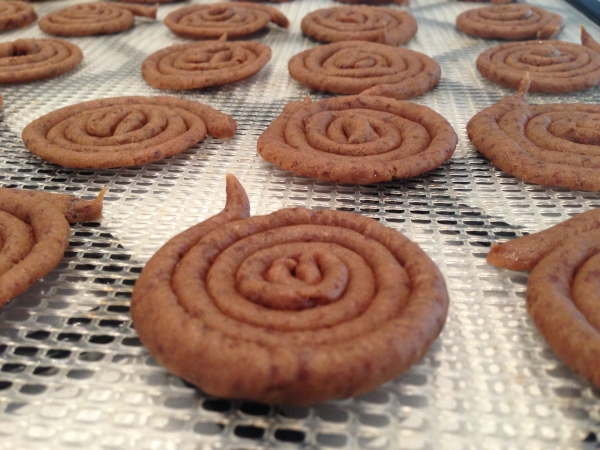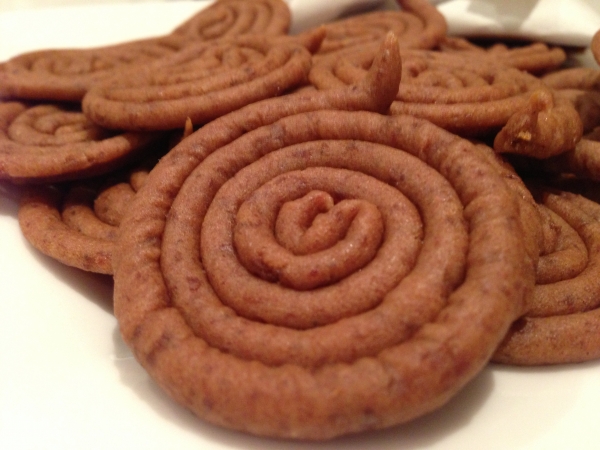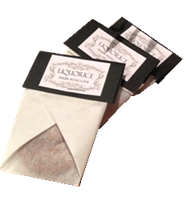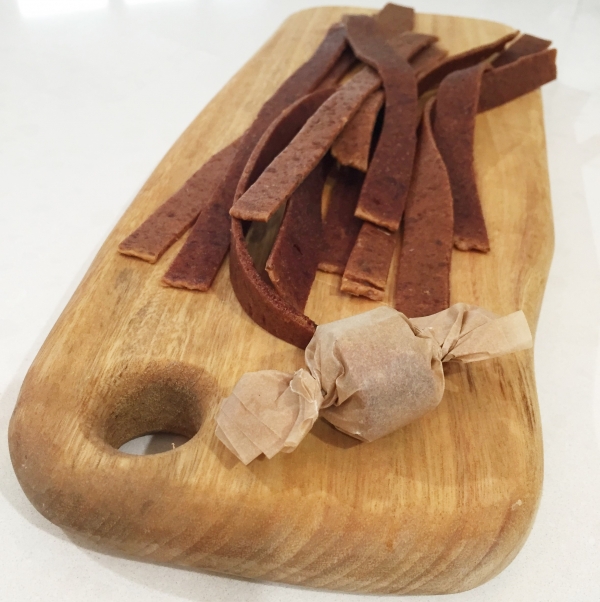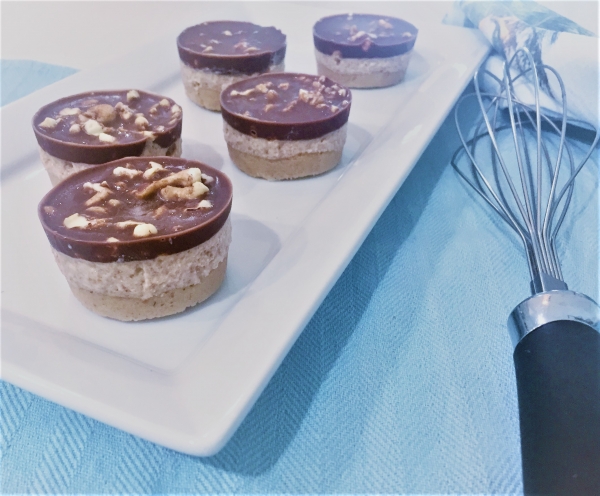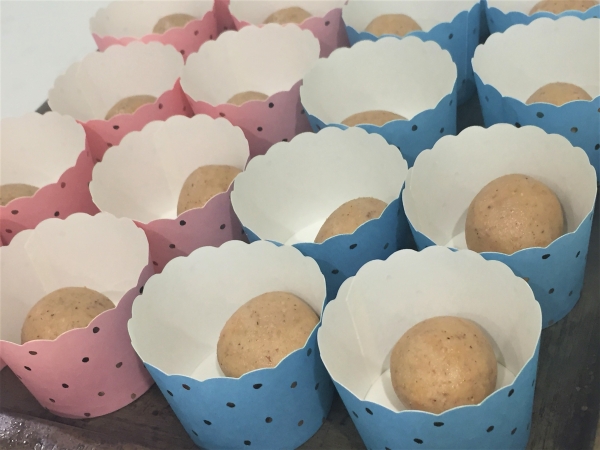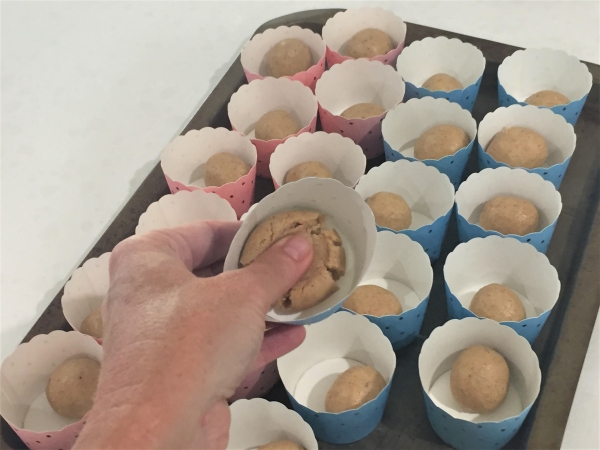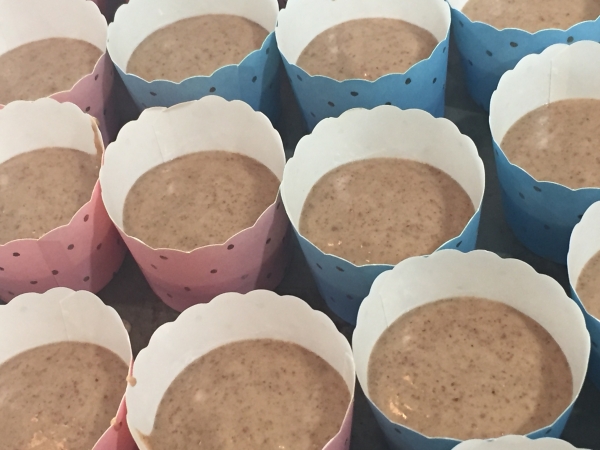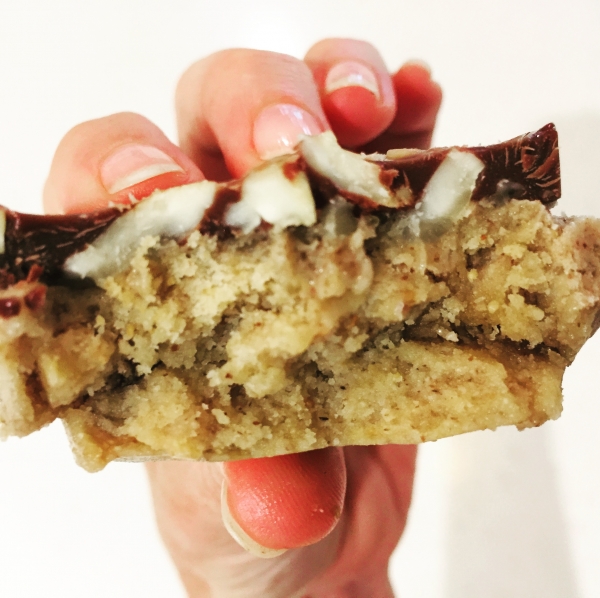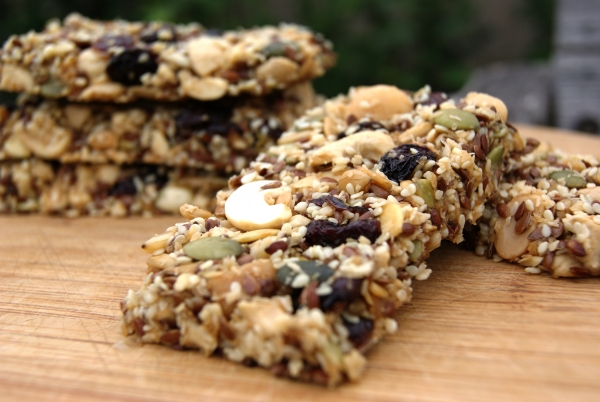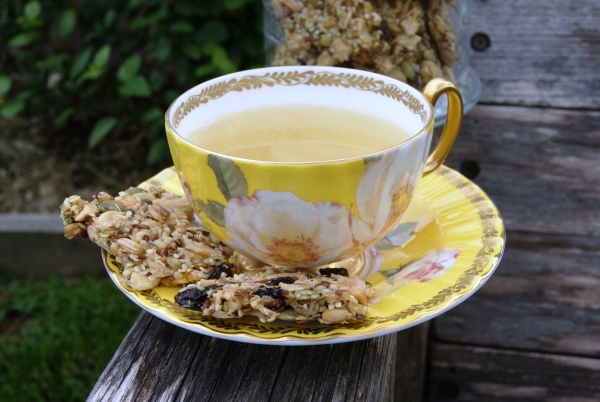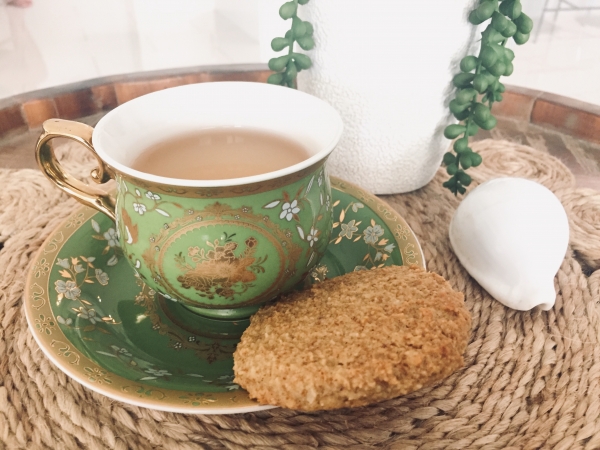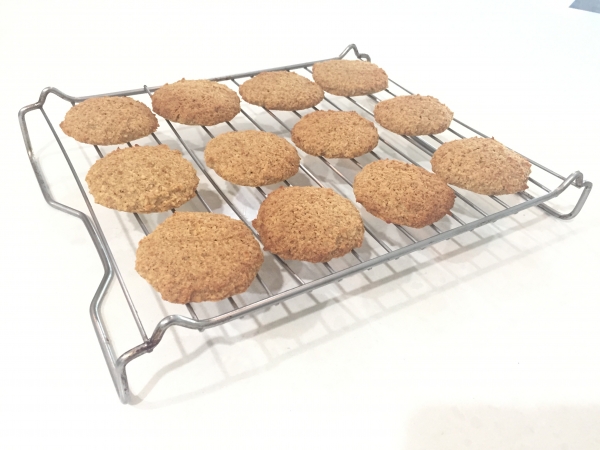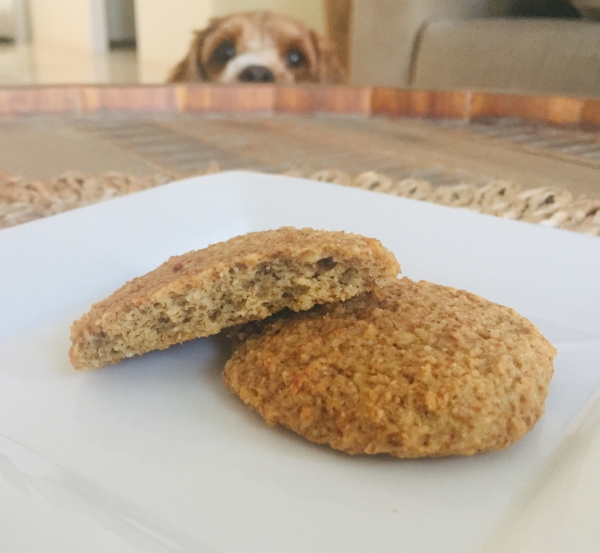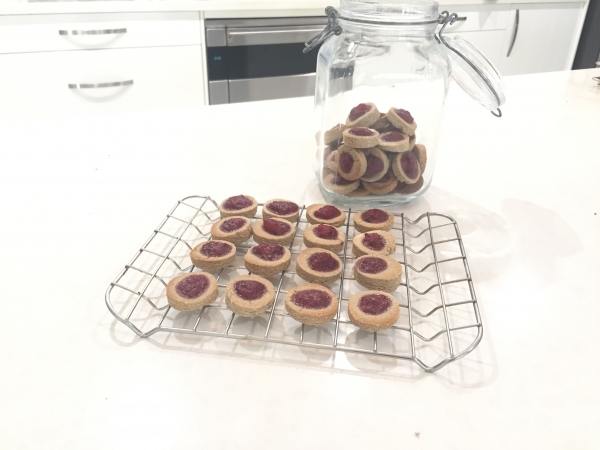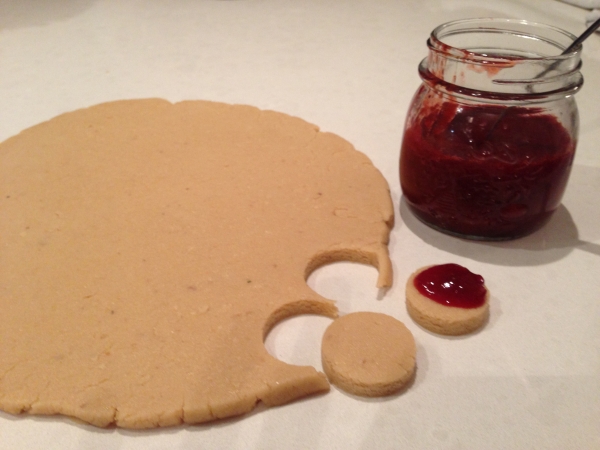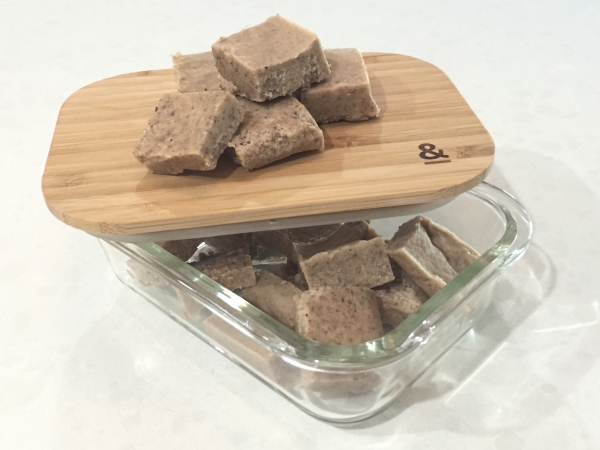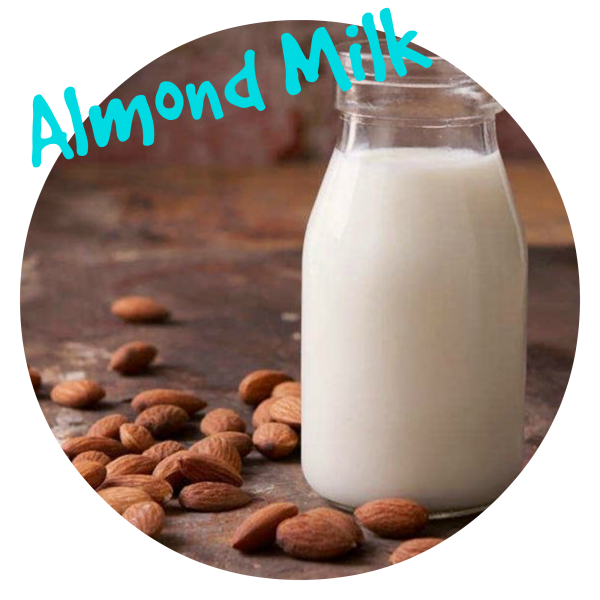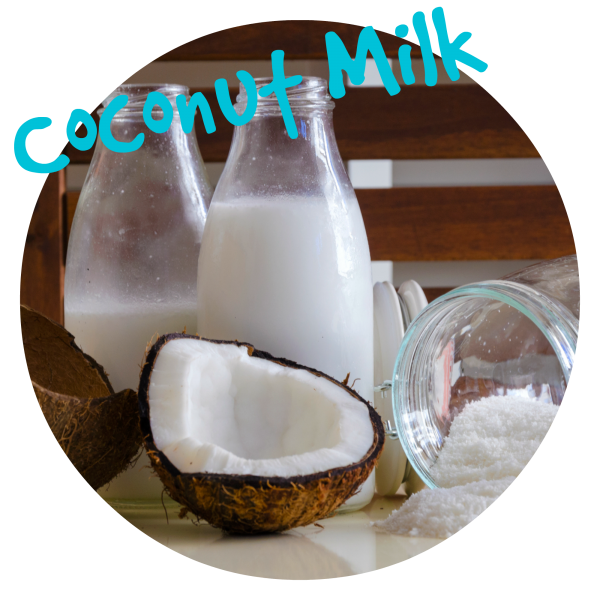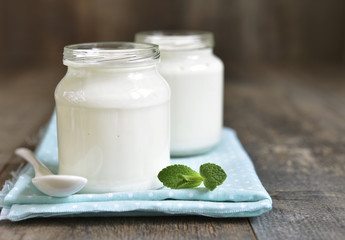Troubleshooting
Your yoghurt should smell and taste sour like yogurt. If you notice a bad odor, mold, or hints of grey or pink on the surface, we suggest that it has been contaminated with bad bacteria overgrowth and advise to throw it out and try again. This can be caused by a number of things:
- The equipment was not thoroughly sterilized
- The milk source was contaminated (was it canned or other?)
- The milk source in a tetra-pak contained too much water and very little fat
- The starter culture died from temps too high or too low
- The starter culture is not right for the type of milk used the starter culture did not have enough natural sugar content to feed of in the milk source
- The starter culture is out of date or not active
- The correct amount of starter wasn’t used
- Other foreign “bad” bacteria colonized the batch.
Unlike nut milks, most coconut milk sources do not require added honey during the incubation period to feed the fermentation process as the coconut milk usually has it’s own sweetness. However, we can’t control what milk source you choose to use so adding honey during the preparation before the incubation period will be something you may need to experiment with on your own.
Coconut yogurt produces a thinner and runnier yoghurt viscosity compared to cow’s full cream milk yogurt, but there are two ways to thicken it: Add a dissolved thickener like natural gelatin to your milk before fermentation, OR after fermentation, strain the yoghurt and drip all the liquid whey out of your yogurt using a cheesecloth.
Once fully cooled, your yogurt may separate again, with some of the coconut oil hardening on top and a clear or cloudy liquid on the bottom. This happens especially with homemade coconut milk which hasn’t been homogenized and emulsified with factory machinery. This is usually not a problem, as long as everything else smells and tastes right. Just mix well with a spoon or stick blender, and enjoy.
Some new tetra-paks of coconut milk are not appropriate for making yogurt because they are mostly water and very little fat. Choose a high-fat natural coconut milk or cream made for cooking.
Use the same ingredients to make kefir by switching the dairy starter or probiotics with kefir grains and follow the kefir recipe instructions. This is best made in one large container though (not individual jars).
